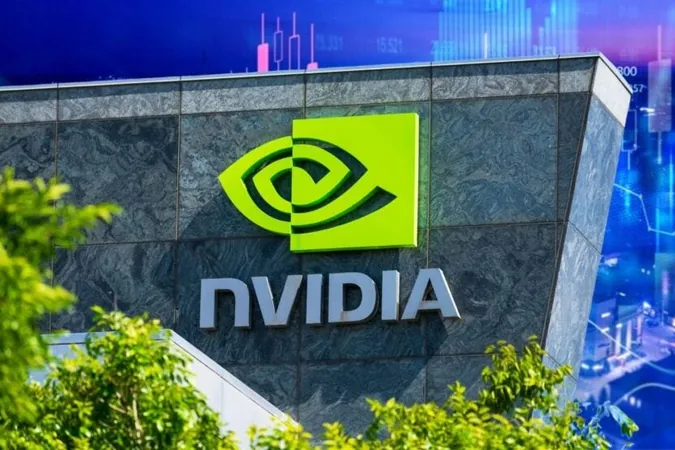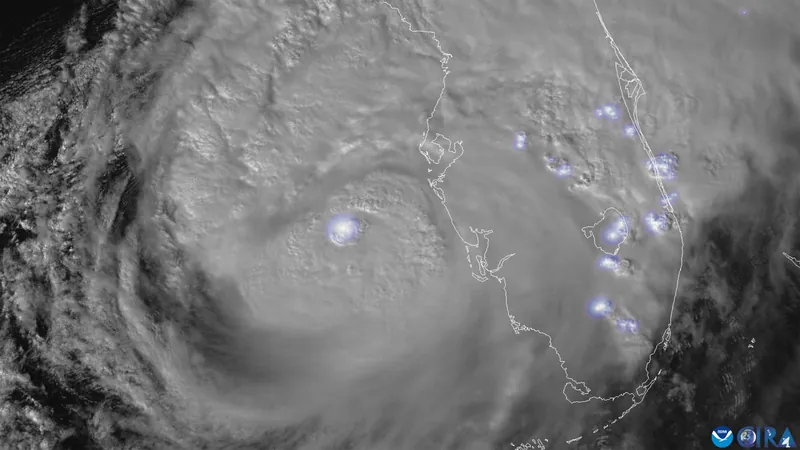
December Doldrums: Why Nvidia's Stock Consistently Dips After Q3 Earnings
2024-11-20
Author: Jessica Wong
December: Nvidia's Historical Challenge
Over the past decade, December has proven to be the weakest month for Nvidia's stock performance. On average, shares have experienced a decline of 1.84%, marking it as the month with the highest average loss compared to other months. Notably, in only four out of the last ten years has Nvidia managed to end December on a positive note, signifying that this trend is not just a fluke.
The most significant decline took place in December 2022, with an alarming drop of 13.64%. In stark contrast, 2016 marked Nvidia's best December performance, where the stock surged an impressive 15.77%. Despite these December struggles, investors find solace in Nvidia’s strong recovery in early 2023. Historically, the first three months of the year see average gains of 5.5%, 9.5%, and 6.0%, respectively. Additionally, May remains a standout month with a remarkable average return of 13.91%.
Earnings Not the Culprit
Many traders might initially connect Nvidia's December downturn to negative market reactions following its strong third-quarter earnings. However, past performance data reveals a contrary narrative. Over the last decade, Nvidia's stock has generally seen positive one-day reactions post-earnings reports, with an average gain of 2.57%.
For instance, remarkable surges of 29.81% in 2016 and 13.86% in 2015 followed their respective earnings. While there were exceptions, like an 18.76% drop in 2018, the majority of post-earnings responses have been notably positive, indicating that December’s challenges cannot be directly blamed on earnings reports.
The Profit-Taking Phenomenon
The underlying reason for Nvidia's December declines appears to be profit-taking, rather than subpar earnings. Investors who bought Nvidia shares at the beginning of the year have generally enjoyed substantial returns—averaging an impressive 88% growth by November. This trend often encourages investors to cash in their gains before the end of the year, exerting downward pressure on the stock price.
The year 2023 exemplified this trend dramatically, as Nvidia became a prime beneficiary of the artificial intelligence explosion. With shares soaring over 240% by November, many investors felt compelled to sell in December to secure profits, further exacerbating the stock's decline as year-end approached.
In summary, while December presents a consistent challenge for Nvidia investors, these seasonal trends should not overshadow the company’s robust long-term growth potential, especially as it continues to evolve on the cutting edge of technology and AI breakthroughs. Investors are left to wonder: Is December the best time to buy the dip, or should they brace for more volatility in the New Year?




 Brasil (PT)
Brasil (PT)
 Canada (EN)
Canada (EN)
 Chile (ES)
Chile (ES)
 España (ES)
España (ES)
 France (FR)
France (FR)
 Hong Kong (EN)
Hong Kong (EN)
 Italia (IT)
Italia (IT)
 日本 (JA)
日本 (JA)
 Magyarország (HU)
Magyarország (HU)
 Norge (NO)
Norge (NO)
 Polska (PL)
Polska (PL)
 Schweiz (DE)
Schweiz (DE)
 Singapore (EN)
Singapore (EN)
 Sverige (SV)
Sverige (SV)
 Suomi (FI)
Suomi (FI)
 Türkiye (TR)
Türkiye (TR)